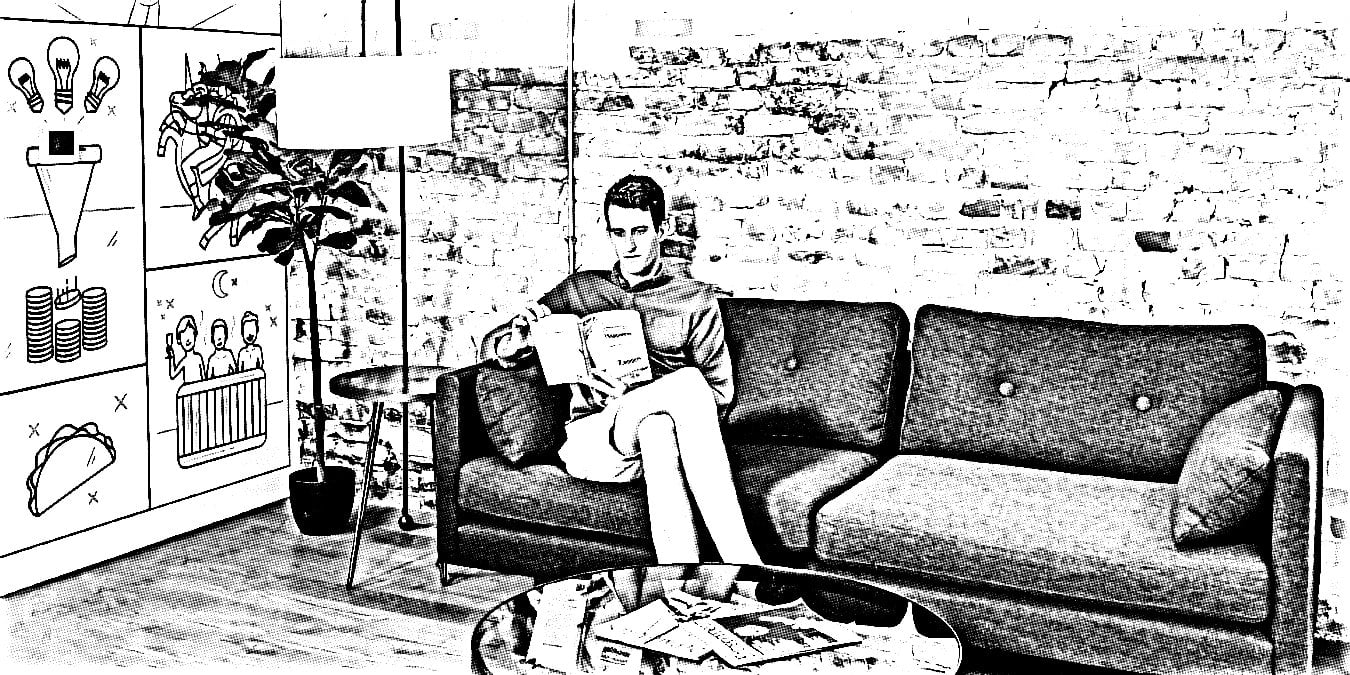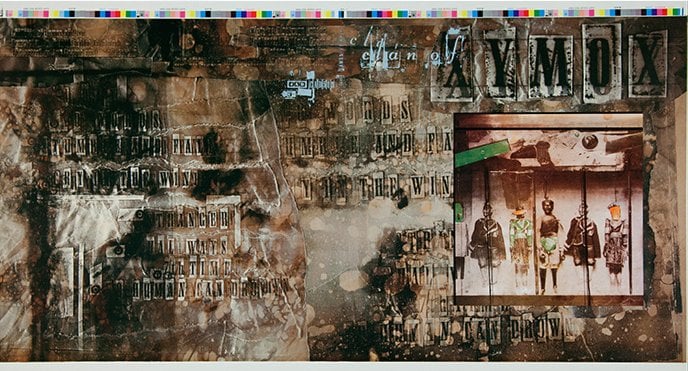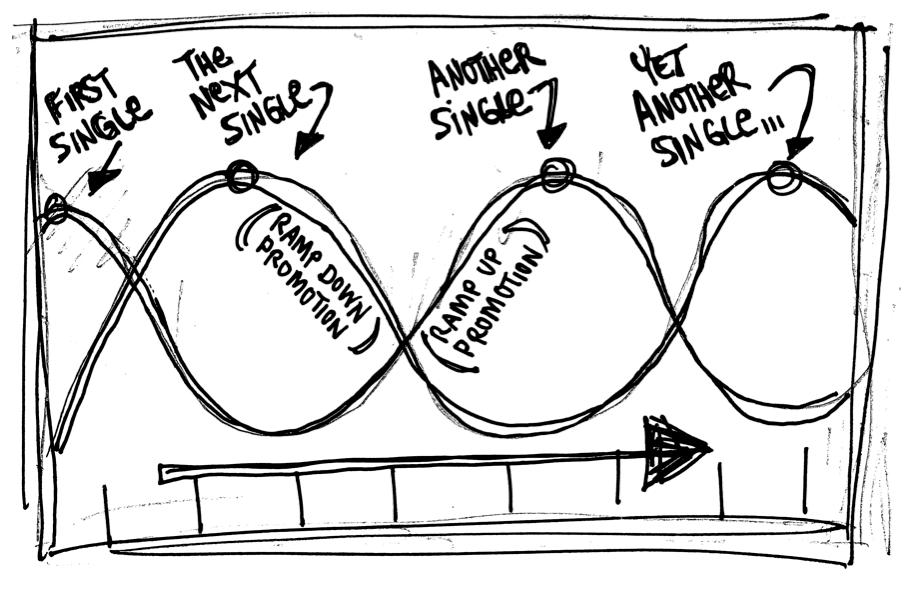In the article Why Are So Many Brands Pivoting To Coziness?, Vox’s Rebecca Jennings reveals a curious marketing trend: brands displaying promises of comfort to attract millennials and Gen Z’ers. In youth-oriented magazine advertisements, we’re used to photos of adventurous consumers climbing mountains or traversing an exotic, unfamiliar city. Now you’re as likely to see a picture of someone sitting at home seated on a couch or maybe even — gasp! — reading a book. Combined with emerging products like weighted blankets and CBD shampoo, it’s evident that chill is ‘in.’
Media theorists point out that horror movies are popular during times of unease and distrust in society. Jennings has a similar reason for the rise of coziness: “Things are bad, and people are anxious about whatever ongoing horrors are metabolizing in geopolitics, the environment, and capitalism.” However, there’s an always-online twist to this movement. “The selling point is that this product will make you feel calm and safe, but the experience of using it is still supposed to look good enough for other people to see.”
Ambient music isn’t exactly mainstream, but it’s more in vogue — and pervasive — than it’s ever been. The flavors are varied, from dark drones to nature noises, from New Age throwbacks to chill-hop YouTube streams. If we’re defining ambient music as music that sits in the ambiance, politely ignored as we go about our lives, then all of those styles qualify. And, like brand-marketed coziness, the music is often pushed as an antidote for a hectic life. There’s something spacey and unobtrusive playing in the background as that person sits on the couch reading his book.

Streaming has enabled an even more utilitarian strain of ambient music, something that The Baffler’s Liz Pelly refers to as “emotional wallpaper” and “music that strategically requires no attention at all.” This music is made to fall into playlists that play on repeat as we study, or meditate, or slowly fall asleep. The primary purpose isn’t to calm our brains but to rack up Spotify plays as the playlists churn in repetition. Ambient music is perfect for this — we can only listen to the same pop hook so many times. An ambient drone might as well be endless.
Of course, music has always had calming and self-healing properties. That’s ancient history. And it’s untrue to say that ‘western’ music ignored this aspect, with blues and — of course — gospel as examples of genres containing elements of spiritual remedy. But the connection came as a surprise to many of ambient music’s forerunners. Take John Cage, whose life and direction changed after a conversation with Indian composer Gita Sarabhai in the 1940s. She pointed out that it’s okay for music to be meaningless, to exist solely to “sober and quiet the mind.” It makes sense to us. But this was a revelation for Cage, a stone thrown in the pond with ripples continuing outward.
What’s new is our era’s odd commoditization of relaxation music. Sure, the New Age genre was a small phenomenon in the late ’80s — those Windham Hill CDs flew off the shelves at the Camelot Music I worked at as a teenager. But playlists targeted to sleeping ‘listeners’ for money-making purposes is a bizarre twist. Consider the Sony-affiliated Sleep & Mindfulness Thunderstorms playlist, featuring 990 one-minute tracks containing sounds of rainstorms. Why a single minute each in length? Because Spotify will deliver a micropayment to a track that plays for at least 30 seconds.

But let’s get something straight. Personally, I love ambient music. I work to it. I relax to it. I sometimes sleep to it. And, if you can’t tell, I’m fascinated by it. That presents a quandary as I’m using the music in the same way as those studying to ChilledCow’s YouTube channel. What makes my cozy space so sacred?
Simon Reynolds’ recent Resident Advisor long-read about the state of ambient music is worth a look. He grapples with chill-out capitalism in his article, stating:
Still, there is something unnerving about the idea of ambient and New Age music uncoupled from any higher purposes and applied to the task of self-repair. Like power yoga or microdosing, it is taking an agent of change that was originally part of a culture of liberation and discovery, and putting it in service of the status quo. As David Toop, author of ambient bible Ocean Of Sound, wrote recently, “if ambient music only serves as an app to incentivise or a backdrop to productivity, networking and self-realisation, then it has no story of its own, no story worth hearing.”
Are we adding too much baggage to ambient music? Perhaps it’s just meant to be, like a soothing wallpaper hue or the bird sounds outside my window. Burdening this music with a special purpose or the responsibility of solace might be self-defeating. But, true enough, so is placing a profit incentive on our coziness.
This post was adapted from Ringo Dreams of Lawn Care, a weekly newsletter loosely about music-making, music-listening, and how technology changes the culture around those things. Click here to check out the latest issue and subscribe.



